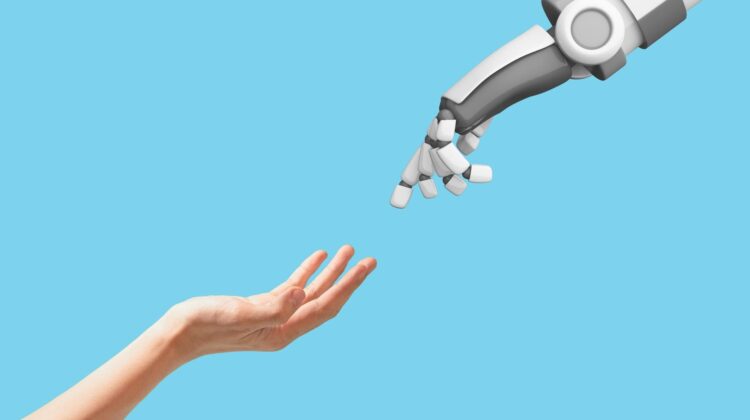
Redefining Innovation: The Intersection of R&D and New Tech
In the ever-evolving landscape of modern technology, the intersection of research and development (R&D) and new technological advancements has become a focal point for cutting-edge innovation. This synergy is not only redefining the parameters of what is possible but also shaping the future trajectory of myriad industries.
The concept of R&D has long been the backbone of progress in fields ranging from medicine to aerospace. However, with the advent of new technology, R&D is no longer confined to traditional laboratories and academic institutions. The emergence of digital platforms, artificial intelligence, and machine learning has expanded the horizons of R&D, offering new tools and methodologies that were hitherto inconceivable.
One of the most significant shifts in this paradigm is the integration of big data and analytics into the R&D process. The ability to collect, process, and analyse vast amounts of data in real-time has revolutionised how research is conducted. It has led to more precise and efficient experimentation, hastening the pace at which new discoveries are made and implemented. For instance, in the pharmaceutical industry, data-driven R&D has significantly shortened the drug development timeline, enabling quicker responses to health crises like the COVID-19 pandemic.
Furthermore, the utilisation of artificial intelligence (AI) and machine learning in R&D has opened up new frontiers. AI algorithms can predict outcomes, model scenarios, and generate hypotheses at a speed and accuracy beyond human capability. This has not only expedited the research process but also allowed for exploring areas that were previously unfeasible due to computational limitations or human bias.
Another area where the intersection of R&D and new tech is making substantial strides is in sustainability and environmental science. Innovative technologies like CRISPR gene editing, renewable energy storage systems, and advanced material science are being integrated into R&D efforts to tackle some of the most pressing environmental challenges of our time, including climate change and biodiversity loss.
The impact of this intersection is also profoundly felt in the field of space exploration. The combination of R&D and new technologies like reusable rocket systems, advanced robotics, and deep space communication networks has reignited the space race, opening up possibilities for space travel and extraterrestrial research that were once relegated to the realm of science fiction.
However, this amalgamation of R&D and new technology is not without its challenges. Issues such as data privacy, ethical considerations in AI, and the potential for technological unemployment pose significant dilemmas. There is also the risk of widening the gap between those who have access to these advanced technologies and those who do not, potentially leading to a new form of digital divide.
Moreover, the fast pace of technological advancement means that regulatory frameworks often lag, creating a grey area in terms of legal and ethical implications. This necessitates a proactive approach from policymakers and industry leaders to ensure that the benefits of this intersection are maximised while mitigating its potential drawbacks.
In conclusion, the convergence of R&D and new technology is a driving force behind contemporary innovation. It is not only reshaping existing industries but also paving the way for the creation of new sectors. As we venture further into this uncharted territory, it is imperative to approach this confluence with a balance of enthusiasm and caution, ensuring that the pursuit of progress remains aligned with societal values and ethical standards. The future of innovation lies in harnessing the power of this intersection, making it one of the most exciting and crucial aspects of modern scientific and technological advancement.
Author: Kiera Edwards
Consultant in new technologies, specialising in R&D in Silicon Valley, works with The Deeping in the area of Technology and Innovation
